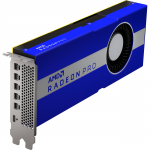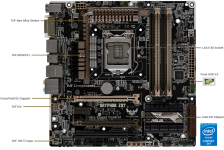I am contemplating about buying this card because someone is offering this to me for a cheaper price here where I live. From my understanding, this card is just the "professional" / "workstation" equivalent of RX 5700 XT.

Any thoughts on this card? Has anyone here actually used this for mining? Does anyone know what the hashrate is? Can an unlocked BIOS be flashed on this GPU?

Any thoughts on this card? Has anyone here actually used this for mining? Does anyone know what the hashrate is? Can an unlocked BIOS be flashed on this GPU?


